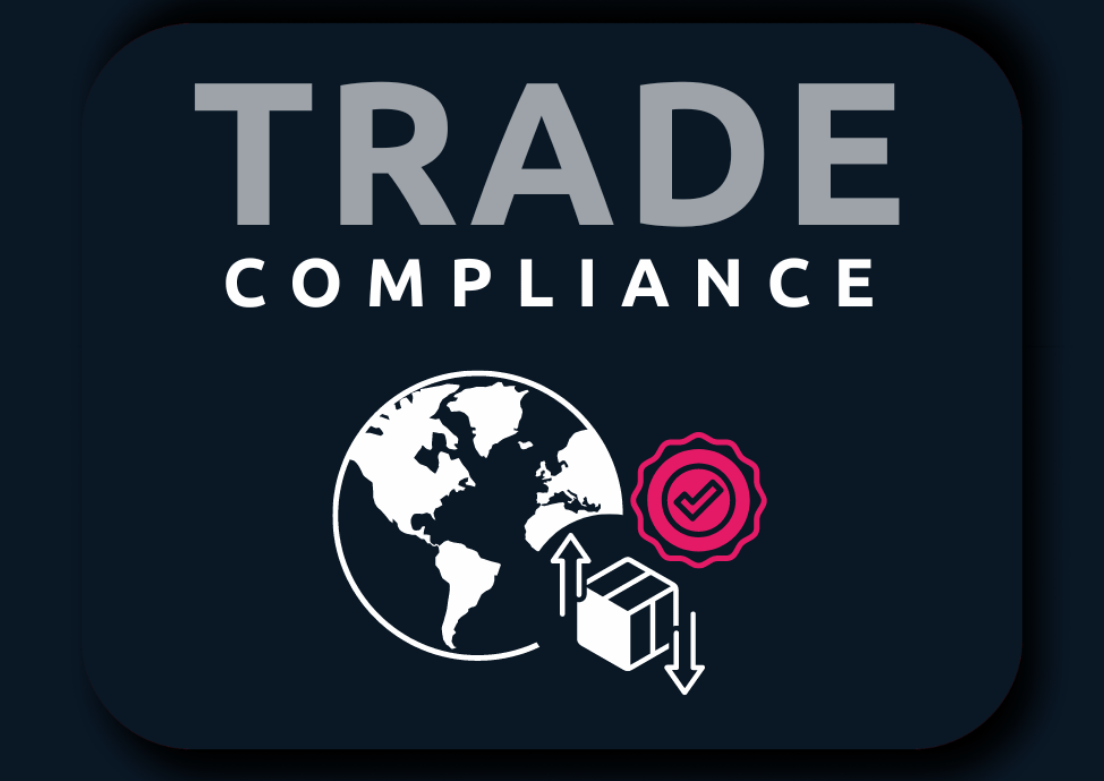How Trade Compliance Impacts Supply Chain Management
I. Introduction
In today’s globalized economy, trade compliance has become a critical operational challenge for businesses across industries. According to Deloitte’s 2024 report, 78% of multinational corporations identify regulatory complexity as a top supply chain risk. Trade compliance—which includes tariffs, export controls (e.g., U.S. EAR, EU Dual-Use Regs), sanctions (e.g., OFAC), and customs regulations—directly impacts a company’s ability to operate internationally. For example, U.S. Customs and Border Protection (CBP) reports substantial tariff collections from Section 301 duties on Chinese goods, highlighting the significant financial burden on import-heavy industries like automotive.

The effects of these compliance challenges are measurable:
- Efficiency Losses: The World Bank (2023) reports that 30% of supply chain delays are caused by customs hold-ups due to incomplete compliance documentation.
- Cost Impacts: Thomson Reuters research indicates that companies allocate 5–10% of their annual revenue to trade compliance overhead.
- Risk Exposure: Non-compliance penalties surged by 40% in 2023, with the U.S. imposing $6.3 billion in export violation fines (BIS Annual Report).
This article explores how Tesla’s supply chain strategy in 2025 adapts to these pressures, offering a microcosm of broader trends within the industry.
II. Impact of Trade Compliance on Supply Chain Efficiency
Optimizing Processes vs. Compliance Burdens
Trade compliance can both optimize and burden supply chain processes. On one hand, compliance measures like customs procedures and regulatory checks can slow down operations, increasing costs and delays. On the other hand, tools like AI and blockchain can streamline compliance workflows, automate documentation, and enhance real-time tracking, ultimately improving supply chain efficiency.
Impact of Complex Regulations
In 2025, Tesla’s supply chain felt the effects of these complex regulations, particularly with tariffs on Chinese-made components due to U.S. trade policies. These tariffs raised the cost of essential materials, forcing Tesla to reassess its sourcing and production strategies, resulting in delays and extended lead times.
Data Transparency and Traceability
Trade compliance also pushes businesses towards greater transparency and data traceability. Regulations like the Harmonized System (HS) codes and certificates of origin require companies to maintain detailed records, ensuring goods can be traced from source to destination. Real-time tracking systems are essential for avoiding delays, particularly in the context of customs inspections or missing documentation.
Case Study: Tesla’s Experience with Trade Compliance
Tesla leveraged technology to enhance supply chain efficiency in 2025, reducing customs clearance delays and improving compliance through better data visibility and automated processes. By embracing digital tools and compliance experts, Tesla adapted quickly to evolving trade regulations, minimizing disruption in its global supply chain.
III. Impact of Trade Compliance on Cost Management
Direct Costs
Trade compliance imposes direct costs, including tariffs, taxes, compliance training, and system upgrades. Tesla’s experience with tariffs in 2025 illustrates how significant these costs can be. The 25% tariff on car parts from China and the over 125% tariff on specific components significantly increased production costs for Tesla, particularly for vehicles assembled in the U.S. that rely on imported parts, pushing up the overall cost per unit.

To mitigate these rising costs, Tesla has considered increasing the prices of its models, such as Model Y and Model 3. While price hikes might offset the tariff costs, they also risk alienating price-sensitive customers.
Indirect Costs
Indirect costs associated with trade compliance can also impact the bottom line. Tesla faced potential inventory backlogs and shortages, as reliance on Chinese suppliers for critical components like rare earth metals and batteries posed risks. These challenges forced Tesla to explore local manufacturing options and diversify its supplier base to prevent future disruptions.
Cost-Saving Strategies
Tesla’s strategy to reduce costs involved leveraging Free Trade Agreements (FTAs) to minimize tariffs and streamline its supply chain processes. By centralizing trade compliance management, Tesla also reduced duplicate spending across its operations, optimizing resource allocation and minimizing inefficiencies.

IV. Impact of Trade Compliance on Risk Mitigation
Legal and Regulatory Risks
Trade compliance is a critical component in mitigating legal risks. Violations of trade laws can result in costly fines, litigation, or trade bans that can severely damage a company’s operations. Tesla’s shift towards diversifying its supply chain was a financial decision and a risk management strategy to comply with changing trade policies.
Adapting to Dynamic Regulations
With shifting trade regulations—especially amid the U.S.-China trade tensions—Tesla had to adapt quickly to new tariffs and export controls. The ability to pivot and adjust operations in response to dynamic regulations is key to managing long-term risks and maintaining competitiveness.
Reputation Risks
Non-compliance can also lead to reputational damage. Like many global companies, Tesla must ensure that its supply chain does not violate human rights or environmental standards. This involves complying with regulations like the U.S. Uyghur Forced Labor Prevention Act, ensuring that materials in its supply chain are sourced responsibly.
Supply Chain Resilience
Building a resilient supply chain is a significant benefit of trade compliance. By diversifying suppliers and ensuring compliance with environmental and labor standards, Tesla minimized its exposure to geopolitical risks and ensured that its operations remained sustainable in the face of global disruptions.
Conclusion
In 2025, Tesla’s experience demonstrates how trade compliance influences supply chain efficiency, cost management, and risk mitigation. Although navigating trade regulations can be complex and costly, it also provides opportunities for optimization, enhanced data transparency, and stronger supply chain resilience. Tesla’s approach to adapting its supply chain strategy offers valuable insights into how businesses can navigate the challenges of global trade compliance, ensuring long-term sustainability and competitiveness.
Industry Insights
news via inbox
Nulla turp dis cursus. Integer liberos euismod pretium faucibua









[…] of the most frequent missteps in customs and trade compliance is incorrect Harmonized System (HS) code classification. Each product must be assigned a specific […]